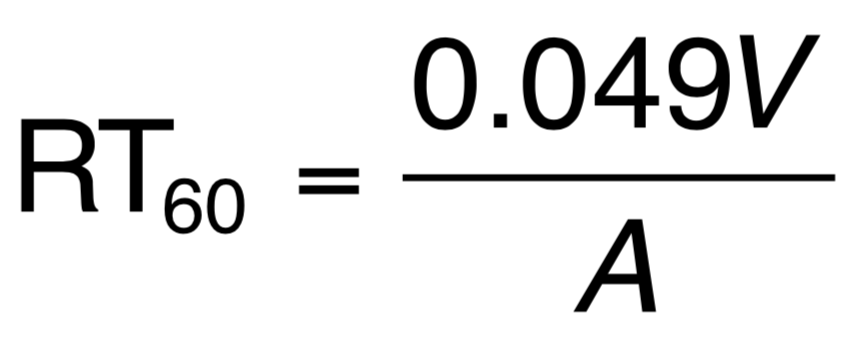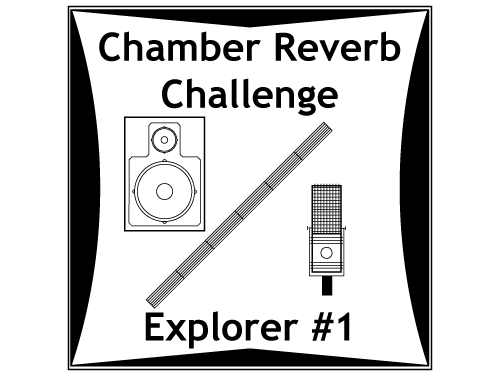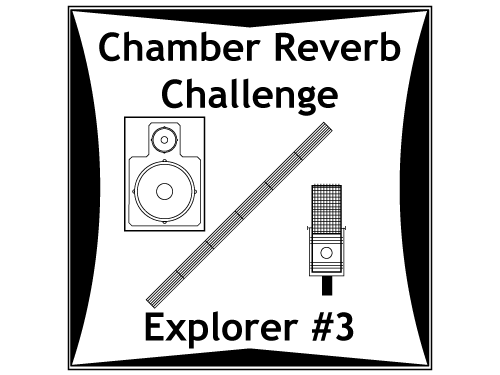A Search for Reverb
Explore spaces that might become
your Chamber Reverb.
Assess Architecture.
Listen.
In a search for reverb, you will study the architecture of the rooms around you and seek out the spaces that might become your reverb chamber.
Your Search for Reverb
It isn’t easy to quantify something as rich and complex as reverberation. In order to begin to talk and think about it, we must reach for something: Reverb Time.
Reverb Time is a quantitative assessment of the time it takes the reverberant sound in a space to decay to silence. Like most natural extremes, true silence is not easily achieved. It is perhaps too much to wait for. No problem. RT60 is an expression of the time it takes for the space to decay by 60dB. That’s close enough to silence for audio science.

A is sound absorption (feet^2)
RT60 is proportional to the size, in 3 dimensions, of the space — the cubic volume. All other things being equal, a larger room (wider, longer, higher) has a longer reverb time than a smaller room. In our search for a chamber reverb space, we look for large rooms if available.
A search for reverberation in social isolation, however, generally means we are confined to quarters and large spaces aren’t likely available. That’s OK. There is another driver of reverberation.
RT60 is inversely proportional to the sound absorption in the room. Reverb time decreases with the addition of sound absorbing materials, typically fibrous materials like glass fiber, cotton batting, well, um, OK, clothes, carpet, soft furniture, curtains. Conversely, a space whose construction and furnishings are more sound reflective will have a higher RT60. In our search for a chamber reverb space, we look for rooms with high sound reflectivity.
Explorer Challenges: A Search for Reverb
For the Chamber Explorer Challenges, you will explore — visually and aurally — the reverberant spaces available to you in search of a room that might be suitable for becoming your chamber.

Explorer #1
Assessing Reverberation through Inspection.
. . .

Explorer #2
Assessing Reverberation through Audition.
. . .

Explorer #3
Recording the Sound of a Space.